Introduction
Ice powder, a beloved treat across Asia and beyond, offers a burst of coolness and sweetness that perfectly complements sweltering summer days. Often referred to as “ice jelly” or “jelly powder dessert,” this versatile dessert is cherished for its simplicity, customizable flavors, and ability to satisfy cravings without requiring advanced culinary skills. Whether you’re a seasoned home cook or a beginner in the kitchen, mastering the art of making ice powder opens doors to endless creativity. This article delves into the history, science, and step-by-step process of creating this delightful dessert, ensuring your next batch is nothing short of perfection.
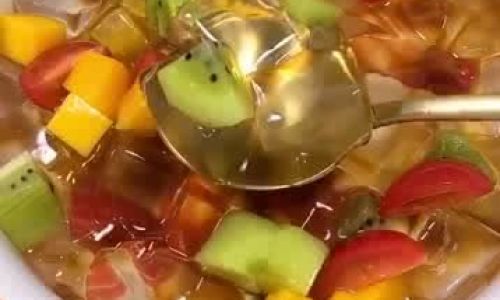
What Is Ice Powder?
Ice powder, scientifically known as a hydrocolloid, is a starch-based or plant-derived powder that forms a gel-like texture when mixed with liquid and cooled. Unlike traditional gelatin, which is animal-derived, ice powder often uses ingredients like agar-agar (a seaweed extract), konjac flour, or modified cornstarch. These ingredients create a smooth, wobbly texture that holds its shape even at room temperature, making it ideal for layered desserts, drinks, or standalone treats.
The Science Behind the Magic
The transformation of liquid to jelly hinges on a process called gelation. When ice powder is mixed with hot liquid, the starch molecules absorb water and swell, forming a network that traps liquid molecules. As the mixture cools, this network solidifies, creating the signature jiggle. The type of ice powder used determines the texture: agar-agar yields a firmer jelly, while konjac produces a softer, more delicate consistency.
A Brief History
The origins of ice powder desserts trace back to ancient China, where agar-agar (known as kanten in Japanese) was first extracted from red algae. Over centuries, this ingredient migrated to Southeast Asia, where it became a staple in desserts like cendol (Malaysia) and es teler (Indonesia). Today, ice powder is a global phenomenon, adapted into bubble tea toppings, fruit jellies, and even savory dishes like aspic.
Ingredients You’ll Need
Creating ice powder desserts requires minimal ingredients, most of which are pantry staples. Here’s a breakdown:
- Ice Powder Mix: Pre-packaged blends are available in Asian grocery stores or online. Look for labels specifying “agar-agar powder,” “konnyaku powder,” or “jelly powder.”
- Liquid Base: Water is classic, but fruit juices, coconut milk, or tea enhance flavor.
- Sweetener: Sugar, honey, or agave syrup balance the natural tartness of some powders.
- Flavorings: Vanilla extract, matcha powder, or fruit purees add depth.
- Toppings (Optional): Fresh fruit, sweetened red beans, tapioca pearls, or condensed milk elevate the dessert.
Equipment Essentials
- Saucepan: For heating the liquid and dissolving the powder.
- Whisk: Ensures no lumps form during mixing.
- Molds: Silicone molds, ice cube trays, or a baking dish work well.
- Refrigerator: Essential for setting the jelly.
Step-by-Step Guide to Perfect Ice Powder
Step 1: Measure Your Ingredients
Begin by determining your desired quantity. A standard ratio is 1 tablespoon of ice powder to 2 cups of liquid. For a firmer texture, increase the powder slightly; for a softer jelly, reduce it.
Example Recipe (Serves 4–6):
- 2 tbsp agar-agar powder
- 4 cups water (or 3 cups water + 1 cup coconut milk for creaminess)
- ½ cup sugar (adjust to taste)
- 1 tsp vanilla extract
- Sliced strawberries or mango (for topping)
Step 2: Prepare the Liquid Base
In a saucepan, combine your liquid (water, juice, or milk) and sweetener. Stir gently over medium heat until the sweetener dissolves. Avoid boiling aggressively, as this can alter the texture.
Step 3: Add the Ice Powder
Slowly sprinkle the ice powder into the liquid while whisking continuously. This prevents clumping and ensures even distribution. Continue whisking for 2–3 minutes until the mixture thickens slightly.
Step 4: Infuse Flavors
Remove the pan from heat and stir in flavorings like vanilla, matcha, or fruit puree. For layered desserts, divide the mixture into portions and color/flavor each separately (e.g., strawberry and mango layers).
Step 5: Pour into Molds
Transfer the mixture to your chosen molds. For a classic look, use rectangular or circular molds. For creativity, opt for star-shaped or animal-themed silicone trays. Leave at least ½ inch of space at the top to prevent overflow during cooling.
Step 6: Chill and Set
Refrigerate the molds for 1–2 hours, or until the jelly is firm but still slightly wobbly. Avoid freezing, as this will make the texture icy rather than jelly-like.
Step 7: Unmold and Serve
Gently loosen the edges of the jelly with a knife if using a baking dish. For silicone molds, push the jelly out from the bottom. Serve chilled with fresh fruit, a drizzle of syrup, or a sprinkle of toasted coconut.
Pro Tips for Perfect Results
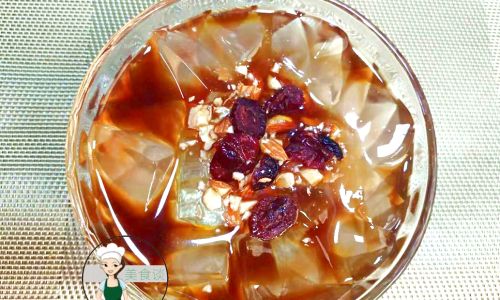
- Avoid Overcooking: Once the mixture thickens, remove it from heat immediately. Overcooking can cause the jelly to become rubbery.
- Layering Technique: For multi-flavored desserts, let each layer set partially before adding the next. This prevents colors from bleeding.
- Texture Tweaks: For a chewier texture, add 1 tbsp of tapioca starch. For a floral note, steep the liquid with dried lavender or rose petals before straining.
- Dietary Adaptations: Use coconut sugar for a vegan option or monk fruit sweetener for a low-calorie version.
Troubleshooting Common Issues
- Jelly Won’t Set: The mixture may not have been heated long enough, or the ice powder-to-liquid ratio was off. Dissolve an additional ½ tbsp of powder in ¼ cup hot liquid, then mix into the unset jelly and re-chill.
- Too Firm: Next time, reduce the ice powder by ¼ tbsp. For the current batch, blend the jelly with a little fruit juice to soften it.
- Lumpy Texture: Ensure continuous whisking while adding the powder. If lumps form, strain the mixture through a fine sieve before pouring into molds.
Creative Flavor Combinations
- Tropical Paradise: Coconut milk base + mango puree + fresh pineapple chunks.
- Floral Delight: Water + honey + edible rose water + dried rose petals.
- Matcha Mint: Green tea-infused liquid + matcha powder + fresh mint leaves.
- Berry Burst: Mixed berry juice + chia seeds (for texture) + lemon zest.
Health Benefits of Ice Powder Desserts
- Low in Calories: A typical serving contains under 100 calories, making it a guilt-free treat.
- Hydration: The high water content aids in maintaining bodily fluids, especially in hot climates.
- Fiber-Rich: Agar-agar is a prebiotic, promoting gut health.
- Vegan-Friendly: Agar-agar and konjac powders are plant-based, catering to vegan diets.
Serving Suggestions and Presentation Ideas
- Parfait Style: Layer jelly cubes with yogurt, granola, and berries in a glass.
- Jelly Popsicles: Pour the mixture into popsicle molds for a frozen twist.
- Sushi-Inspired: Cut jelly into thin strips and serve with fruit “sushi” rolls.
- Garnish Galore: Top with gold leaf, edible flowers, or a sprinkle of matcha powder for Instagram-worthy plates.
Storage and Shelf Life
Ice powder desserts can be stored in an airtight container in the refrigerator for up to 5 days. Avoid adding fresh fruit until serving to prevent sogginess. For longer storage, freeze individual portions in zip-top bags for up to 2 months. Thaw in the refrigerator overnight before serving.
Beyond Dessert: Savory Applications
While sweet dishes dominate ice powder recipes, savory versions are gaining traction. Use unflavored agar-agar to create:
- Aspic: Encase poached eggs or herbs in a clear jelly for a retro appetizer.
- Spicy Jelly Shots: Mix tomato juice, vodka, and hot sauce for a fiery adult treat.
- Herb-Infused Cubes: Freeze agar-agar with basil or dill to chill summer soups without diluting flavors.
The Environmental Angle
Opting for plant-based ice powders like agar-agar reduces reliance on animal gelatin, aligning with eco-conscious choices. Additionally, making desserts at home cuts down on packaging waste from store-bought treats.
Conclusion
Ice powder desserts epitomize the joy of simple, wholesome cooking. With minimal ingredients and equipment, you can craft a treat that delights the senses and adapts to any dietary preference. Whether you’re hosting a backyard barbecue or seeking a quiet afternoon indulgence, mastering ice powder opens a world of culinary possibilities. Experiment with flavors, textures, and presentations—and don’t forget to share the coolness with loved ones. After all, the best desserts are those made (and savored) together.
Final Tip: Keep a batch of pre-made ice powder cubes in your freezer. They’re perfect for elevating iced teas, cocktails, or even a glass of water on a scorching day. Stay cool, stay creative!
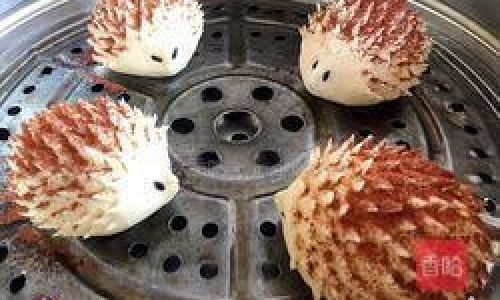
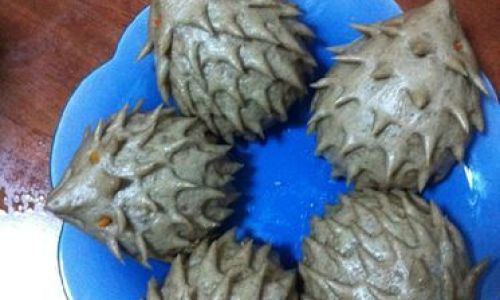

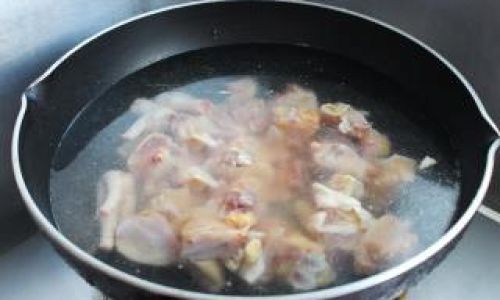
0 comments